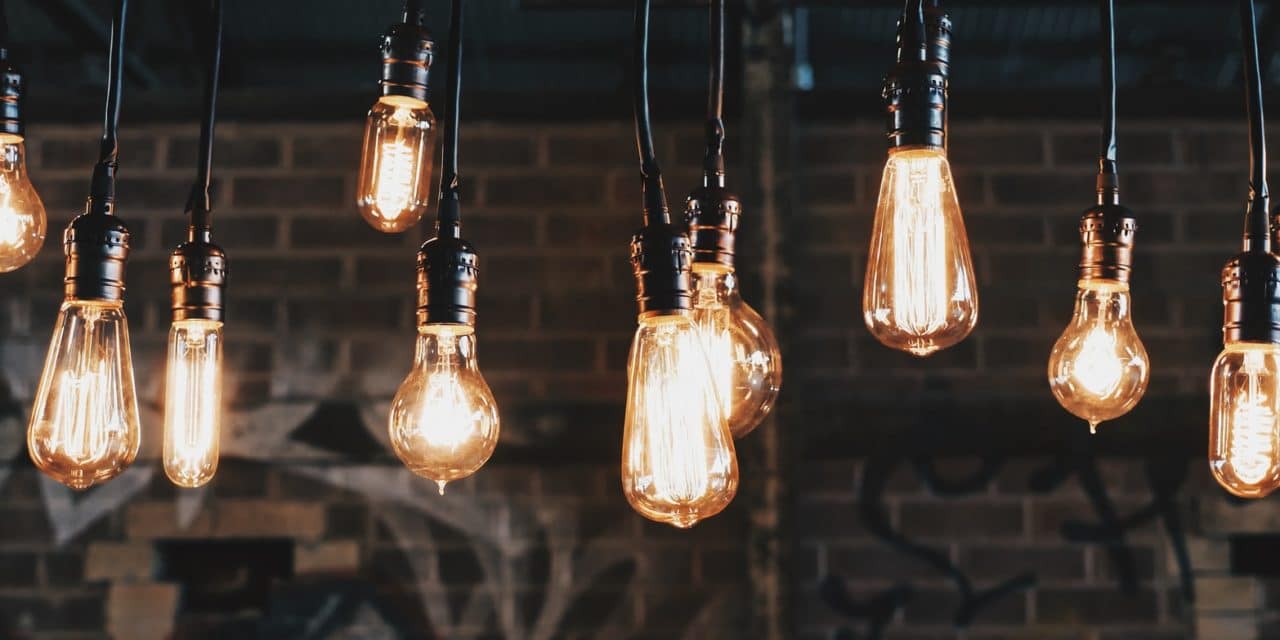[ad_1]
So you're making a video for the first time. Your first thought may be – where's the script? And then – how much money is this going to cost? Can dry ice and glitter be involved? At some point, you will need to think about lighting. How do you get that picture-perfect, cinematic quality in the final cut?
The good news is that you don't have to hire an entire production crew to master professional lighting. Here are three techniques to reduce harsh shadows, disperse light across your subjects, change temperatures or moods, and ensure your video looks and feels like it came straight from Hollywood (or close to it).
1.) Move
Okay – time for set up. You have the lights, but where do you put them? The most basic formula to light your scene is the 3-point system: key, fill, and back. The highest-powered light, key light, should be placed in front of the main subject of your scene. Position another light source to the side of the subject, usually in a lower position to balance shadows and harsh contrasts. Another light is placed behind the subject to separate from the background and to create highlights. Now move the lights until the scene illuminates that perfect shot. You can rent lighting kits that range in various prices, but ARRI Kits are favored for their durability and simplicity. They rent for $100-$125 per day.
2.) Diffuse
Cast, props and crew are in place. But you notice shadows casted across one of the actor's face. And you are not necessarily going for that Maltese Falcon kind of tone. The best way to soften light and spread it over the entire scene is to use diffusion methods.
Three essential gear choices to correct your scene are 6×6′ Silks, Diffusion Gel, or Softboxes.
Diffusion gel is the most versatile tool because it's disposable and easy to pack, especially for location shooting. They can be placed just about anywhere with a few C-47s. Clip onto your light's barn doors and this heat-resistant material will soften extreme spotlights. Gels comes in ¼, ½, and full diffusion varieties for less or greater amounts of softening. You can buy one sheet for $5 or an entire roll for $100.
Silks are used to diffuse harsh, direct sunlight when shooting outdoors or can be placed in front of tungsten lamps and HMIs. The benefits to silk frames? They are easy to set up and move around set, you can reuse them for the next shoot (go green!) and they are available in multiple sizes. This is key if you want to have consistent lighting across a wide shot. You can rent 6×6′ silk sets for $50/day and 24×36″ or 18×24″ flag sets for $25/day.
If you have more money to spend on production, a Softbox, or Chimera, will give you better control on how lighting hits your subject. These attach directly to your lights and are great for portrait photography and interviews. If you need a lot of light but want it soft and evenly dispersed across your subject, the Joker 800 HMI is an optimal choice. You can rent a kit for $175/day.
3.) Reflect
Next up – the beach scene staged in conference room two. How do you emulate the sun and make it look authentic? Reflectors are an inexpensive way to redirect light from other light sources onto your subject. Change your shot's mood with four color options: silver for high-contrast, edgy and cool; gold for warm, natural, and sunny; white for neutral and fill light; and black to get rid of unwanted reflections or casts of color. You can buy a 5-in-1 reflector for $40.
If you don't have access to rental equipment or the budget to afford additional lighting gear, remember one final tip: The more light, the better. Even if you have to round up every lamp in your space – use them all. Remember to be conscientious of fire hazards in the environment you are working in at all times.
And… scene.
[ad_2]
Source by Lisa Donato


